(7 products available)





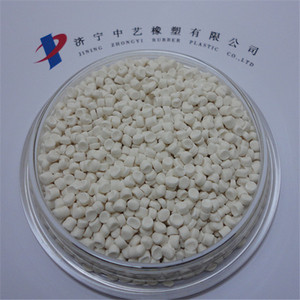
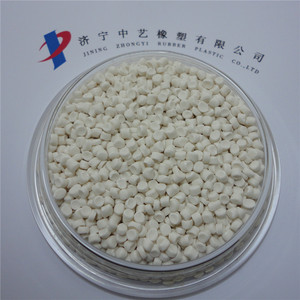
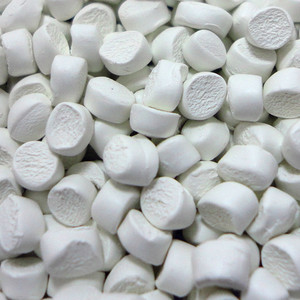








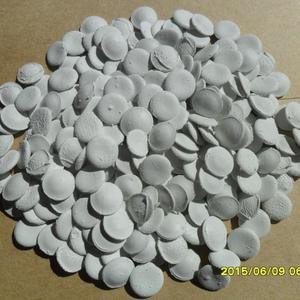



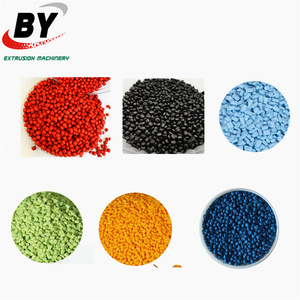
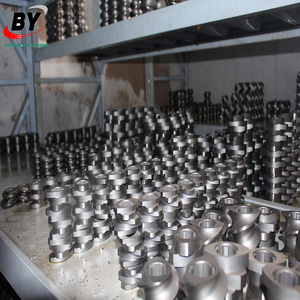




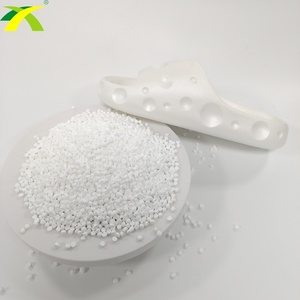
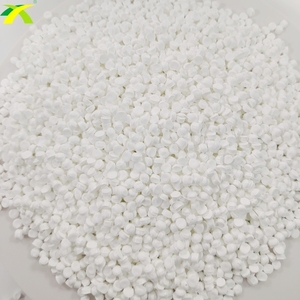








Zno masterbatch is an industrial product with many uses in different fields. It is produced in several types depending on its concentration and use. These are the types of zno masterbatch:
High-Concentration ZnO Masterbatches
This type of ZnO masterbatch contains a large amount of zinc oxide, usually over 40%. High-concentration varieties are mainly applied in the plastic industry. For example, they give good UV protection in both agricultural and greenhouse films. In addition, they give high heat stability in compounds used to manufacture car parts. In the rubber industry, these high concentrations are employed in masterbatches for tires because they improve abrasion resistance. High concentration also aides in the optimization of the mechanical properties of the tire rubber in a cost-effective manner.
Low-Concentration ZnO Masterbatches
Low-concentration Zno masterbatches, on average, contain less than 10% zinc oxide. These are normally used when small amounts of UV stabilization are needed. They are popular in the packaging film manufacturing industry. Here they provide minute UV protection without affecting the film's clarity. In the coating industry, low concentrations are optimal for primer formulations. They provide UV protection and oxidation inhibition without altering the other properties of the coating.
Carrier Resin-Based ZnO Masterbatches
In these types, the base resin of the masterbatch is made in a way to ensure compatibility with specific polymers. This helps in their easy incorporation during processing. In this group, ethylene vinyl acetate (EVA) ZnO masterbatches are widely used in plastics. In both agricultural and greenhouse films, Zno masterbatch in EVA enhances optical properties and increases film durability. This is possible without changing the films processing conditions.
Custom ZnO Masterbatches
Custom Zno masterbatches are tailored for specific applications. This means they can be fine-tuned to accommodate unique customer needs. They offer various ZnO concentrations and carrier resins to suit individual requirements. These masterbatches are desired in industries where particular UV stabilization levels are needed. Also in cases where unique rubber compound properties are needed.
Zno masterbatch has many uses across different industries. It is valued for its ability to stabilize UV radiation and decrease environmental strain in many products. Here are the relevant applications:
Plastic Industry
The Plastic industry applies Zno masterbatch in large proportions. This is due to it being used extensively in films to protect them from UV rays. It is especially important for agricultural and greenhouse plastics where it protects plants from the harmful rays. It is commonly added to packaging materials to improve shelf life by slowing down the degradation of the contents. The addition of ZnO also adds excellent thermal stability. This results in higher quality and durability in plastic products.
Rubber Industry
The rubber industry uses Zno masterbatch to enhance several rubber products. In tires, for instance, ZnO improves heat dissipation and wear resistance. This leads to longer tire life and better performance on the road. In addition, ZnO acts as a curing agent for rubber compounds. It improves the efficiency of the vulcanization process which is crucial in producing high-quality rubber goods. Moreover, it acts as a reinforcing filler in rubber used in outdoor applications. This helps the rubber resist UV degradation.
Paint and Coatings
We use Zno masterbatch in paints and coatings primarily to provide UV protection. This makes paints and coatings ideal for exterior applications. In architectural coatings, it helps to prevent the degradation of paint caused by sunlight. Thus, maintaining its aesthetic and protective functions for a longer time. Furthermore, ZnO also contributes to the anti-microbial properties of the coating. This is helpful to manufacturers who are making products for public health purposes.
Automotive Industry
This industry also applies Zno masterbatch to improve rubber and plastic components. For example, in car interiors, Zno helps to stabilize color and prevent the plastic from fading due to UV exposure. Therefore, car interiors retain function and appearance over time. Also, ZnO contributes to the durability of tires. Furthermore, incorporating ZnO into automotive seals and gaskets results in better heat resistance and ensures long-term performance in fluctuating temperatures.
Textiles
In the textile industry, Zno masterbatch gives UV protection to fabrics. We use it primarily in outdoor clothing and gear. This prolongs the gear's lifetime and keeps users safe from UV radiation while offering better durability. Besides, it is used to impart anti-bacterial properties to fabrics. This is particularly advantageous for performance wear where moisture can lead to bacterial growth and hence discomfort, and unhygienic conditions.
Key Features
There are several features that buyers should consider when purchasing znO masterbatch. These include high dispersion, compatibility with various polymers, and a wide range of zinc oxide concentrations. Others are customizable carrier resins for specific applications, UV stabilization property, heat resistance, and enhanced mechanical properties.
How to Use
ZnO masterbatch is normally added to the polymer melt or resin during the compounding process. This is done at the recommended processing temperatures. These temperatures mostly vary depending on the type of polymer used. Also, avoid exceeding high temperatures as this will cause the ZnO to break down, thus reducing its efficiency. Use appropriate blending equipment to achieve a uniform mixture since this prevents localized concentration of the masterbatch, which can affect product performance. Deal with the mixture as per the standard procedures for processing the selected polymer, whether through extrusion or injection molding.
Tip
For optimal results, refer to the manufacturer's guidelines on the required masterbatch dosage for specific applications. Users should conduct preliminary tests to assess the performance of the ZnO in their unique application, too. This is because the effectiveness might vary depending on formulation and processing conditions.
Special Requirements
There are very few special requirements for the usage of this product. However, proper storage is vital. This is because the masterbatch is sensitive to extreme temperatures and humidity. Always keep it in a cool, dry area. In addition, use airtight containers to avoid moisture uptake and ensure long-term stability and easy functionality. Also ensure that users are familiar with local regulations regarding the handling and disposal of chemical additives like zinc oxide.
Maintenance and Repair
Maintaining the effectiveness of ZnO masterbatch starts with normal equipment upkeep. This is because residue buildup in blending or processing equipment can affect dispersion. This leads to the ineffectiveness of the product. Therefore, users should clean equipment thoroughly after each use. Also, ensure operator safety by using appropriate personal protective equipment. This is crucial when dealing with any powder additives or chemicals that may be contained in the masterbatch. Lastly, monitor the quality of the final product to ensure that the masterbatch is functioning as required so that corrective actions can be taken quickly in case of any issues.
Quality Considerations
Cases like uneven dispersion of ZnO particles in the polymer matrix can lead to ineffective UV stabilization and decreased product performance. This reduces quality. Therefore, it is crucial for manufacturers to ensure high ZnO concentration in the masterbatch is done without compromising its dispersion quality. Moreover, pay attention to the size of ZnO particles and their shapes, as these factors affect the degree of dispersion.
Use of High-Quality Resins
The choice of carrier resin in ZnO masterbatch affects the compatibility of the masterbatch with target polymers. This polymer affects the quality. To manufacture high-quality products, manufacturers use high-quality resins that will ensure good interaction between the masterbatch and the polymer. This maintains good product performance.
Standard Operating Procedures
Incorporating ZnO masterbatch into manufacturing processes should be administered by following the manufacturer's specifications. This means adherence to dosing recommendations and mixing procedures is crucial. This is crucial as it maintains the quality of the products. In addition, during transportation and storage, avoid exposure to severe environmental conditions. Effecting temperature ranges will ensure both the resin and ZnO remain in the optimal condition for use.
Safety Considerations
Buyers should ensure that manufacturers meet the required safety standards for handling and processing activities involving ZnO masterbatch. Note that while ZnO is relatively harmless to the skin, inhaling its dust can cause respiratory irritation. To minimize this, use proper ventilation and personal protective equipment such as masks and gloves while handling it. Besides, during processing, the polymer may emit hazardous fumes. It is, therefore, necessary for process workers to use proper protective equipment and follow workplace safety procedures.
Emergency Procedures
For situations involving exposure to ZnO or emergencies of any kind, always follow appropriate emergency procedures. This includes first-aid treatments for inhalation or skin contact. This information is usually available on the material safety data sheet (MSDS) for the product. Additionally, buyers should ensure that their manufacturers manage all SDS documentation and accessibility to process workers.
A1. ZnO masterbatch is a polymeric additive alloy that mitigates the damaging effects of ultraviolet radiation on various materials. It does this by integrating Zinc oxide particles into a polymeric carrier resin. It was primarily developed for the plastic industry where it enhances the longevity of films, coatings, and molded parts. In these products, it prevents UV-induced degradation. In addition, this masterbatch improves thermal stability and mechanical properties in rubber compounds used for tires and industrial products.
A2. Many industries benefit from the UV-stabilizing and environmentally friendly features of this product's ZnO antioxidant. They include the painting and coating, automotive, textile, and rubber industries. This is because it enhances the performance of exterior coatings in architectural and automotive applications. Aromatizing perfume stability, color retention, and degradation reduction are some examples of advantages. Also, the plastic film manufactured for car windows and sunroofs gains UV protection from the coating containing this masterbatch.
A3. The particle dispersion of the ZnO within the polymer matrix should be even to prevent product performance and quality issues. There should not be any resin-voc chemical reaction when it is in contact with the resin or during its processing. Also, use high-quality resin for the carrier polymer to ensure product performance. Monitor the size and shape of ZnO particles since they affect the degree of their dispersion. Lastly, avoid excessive heat during processing as it degrades the masterbatch and emits dangerous fumes.
A4. When handling or processing activities involving this compound, workers must ensure proper ventilation. Also, they should use personal protective equipment like gloves and masks. This is because inhaling ZnO dust can cause respiratory irritation, while contact with skin may cause mild reactions. Monitor fumes emitted during processing as they may be dangerous. The advice and procedures denoted by the material safety data sheet (MSDS) will be useful in processing and handling activities.